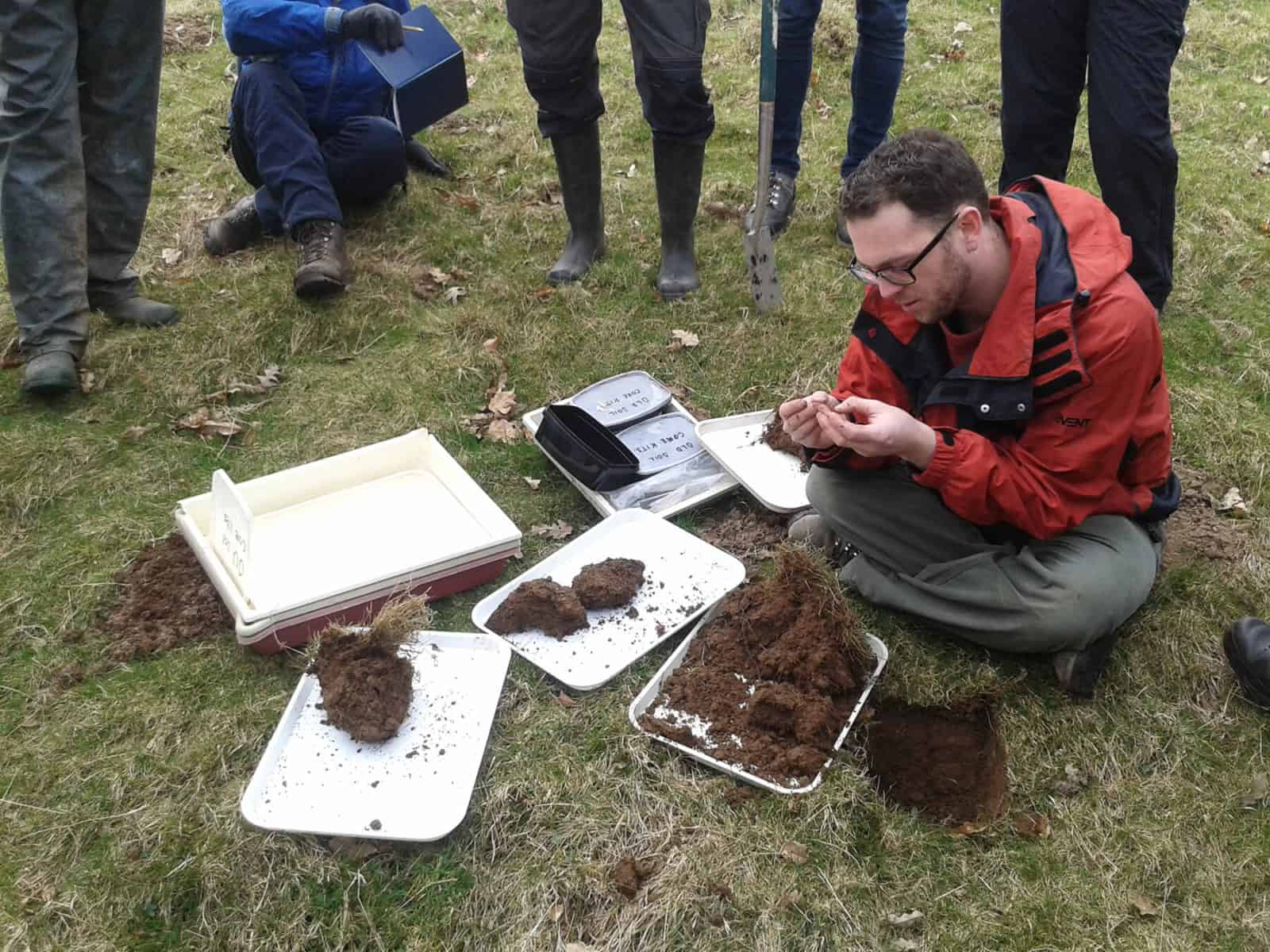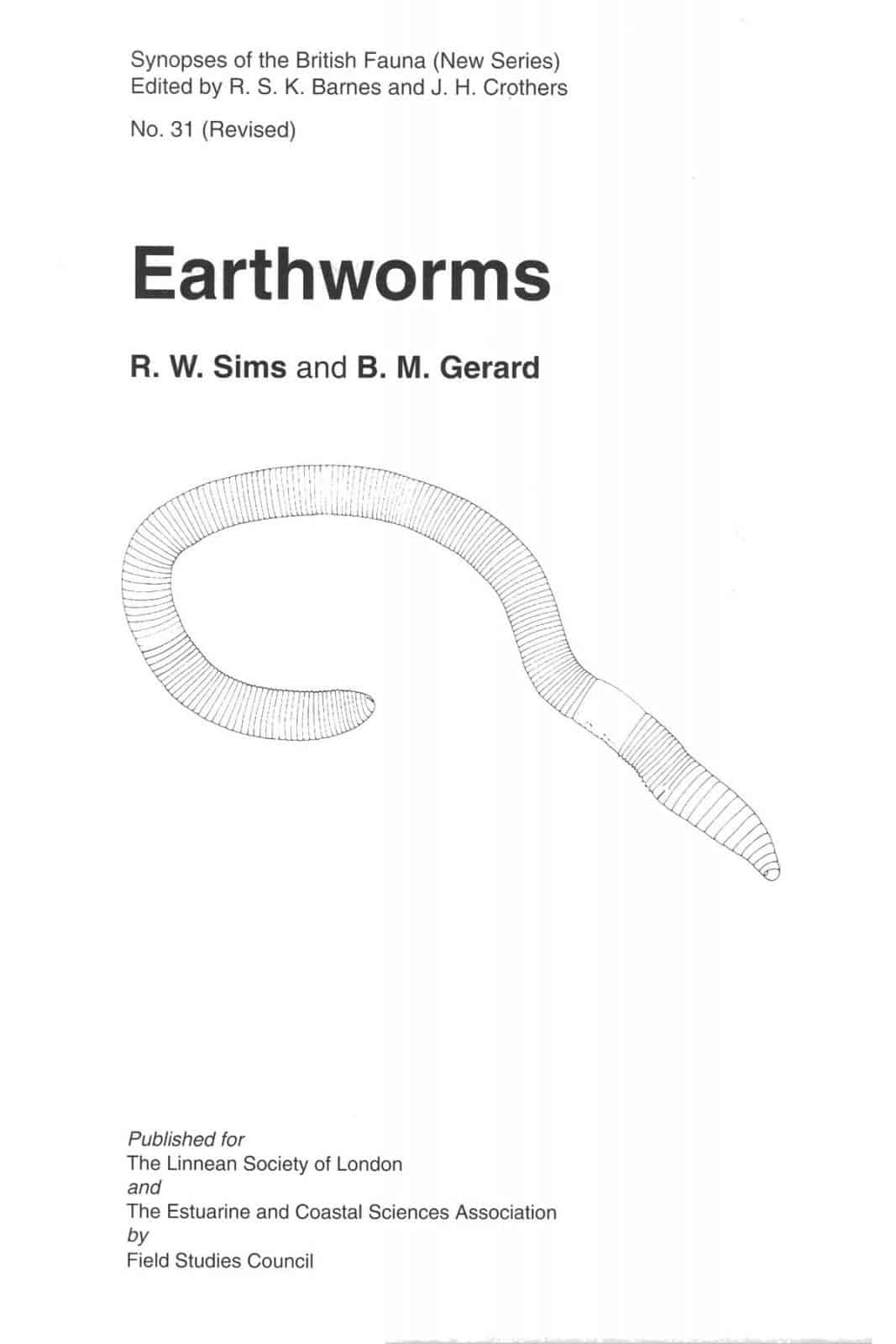Earthworms Synopsis
The Earthworms Synopsis features identification keys to 44 species. Keys use external features, particularly setae. Accompanying text covers physiology, reproduction, movement, feeding relationships and parasites. In addition the author describes practical methods, including collection techniques, specimen preservation and recording.
The meaning of ‘earthworms’ in this Synopsis is restricted to the suborder Lumbricina. Accordingly this definition excludes other soil-dwelling oligochates, particularly the potworms. Although worldwide there are around 3000 species of earthworm, Britain and Ireland have only about 30. This paucity of species reflects slow dispersal rates. By contrast France has around 180 species.
Earthworms form a dominant component in the animal biomass of the soil. Moreover within the soil ecosystem they play a highly significant role. Most earthworms are omnivorous, ingesting both dead and living plant matter and microscopic animals. They make nitrogen available for plant growth by feeding on organic matter in the soil then voiding casts with a low carbon/nitrogen ratio. Earthworm burrowing improves soil aeration and drainage. Surface casting over a long period can bury stones.
Synopses of the British Fauna is a series of identification guides. Each volume in the series is a detailed account of a group of animals. They bridge the gap between standard field guides and more specialised monograph or treatise. Since 1993 the the Field Studies Council has published these guides on behalf of the Linnean Society.
These volumes are suitable for the lab or field. The editors aim to keep them as user friendly as possible, with technical terminology at a minimum and a glossary of terms. However the complexity of the subject matter makes the books more suitable for the more experienced practitioner.


